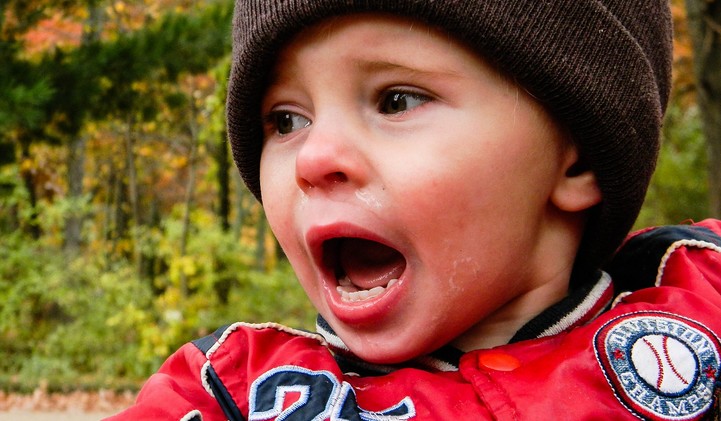
Anger and frustration are common emotions for young children. Child care providers can help young children learn how to handle anger in productive ways by helping them identify angry feelings, understand that anger is normal, and express their anger in healthy ways.
Helping Children Label Angry Feelings
Remember that young children do not automatically understand emotions. Giving children the words to label feelings will help them recognize and respond to emotions, both in themselves and in others.
Reading children’s books can provide a good opportunity to label emotions. Point out characters who are showing different feelings. Ask questions like “How do you think she is feeling?,” “Why do you think she is feeling this way?,” and “What makes you feel this way?” Help children learn the language to describe feelings.
Anger Is a Normal Emotion
Many young children do not understand that anger and other strong feelings are normal. Child care providers need to help children understand that feeling angry is normal, and that there are appropriate ways to deal with that anger. Avoid telling children not to feel angry. Emotions are a normal part of human life. Pretending that anger does not exist teaches children to suppress or ignore their emotions and may lead to later problems in handling anger appropriately.
Modeling Ways to Deal with Anger
Remember that children in child care learn how to handle anger by watching the adults around them. The strategies that you as the child care provider use to manage disagreements and express your own anger are an example for the children in your program of how to handle their own feelings. When you feel angry, be sure to label your feelings by saying something like, “I’m really frustrated” or “I’m feeling angry right now.” Give children a simple explanation of why you are angry, such as “When I see someone breaking a toy on purpose, I feel angry.” Demonstrate good anger management skills such as taking a walk, talking to someone about your feelings, or finding humor in the situation. Explain what you are doing and how it can help you feel better.
Strategies to Help Children Handle Anger
Children who are angry need to know how to express that anger appropriately. Young children who are feeling angry may need specific rules for handling angry feelings. Make sure they know that it’s not appropriate to hit, bite, or hurt others when angry. Breaking or destroying things is also not appropriate. Instead, suggest that children try some of the following ways to handle their anger:
- Talk about their feelings by saying,“I’m really angry about that.”
- Express anger by stamping their feet or shaking their fists.
- Draw a picture or write a story about their feelings.
- Go somewhere quiet to calm down.
- Reduce stress by listening to music.
- Express anger by pounding on clay or splashing water in the water table.
- Release anger through running, climbing, jumping, or other physical activity.
Above all, remember that learning to handle anger is a process. Child care providers can help by identifying and labeling emotions, giving children words to express their feelings, gently guiding children to express anger in appropriate ways, and modeling healthy anger management.
For More Information
To learn more about guiding behavior and supporting social and emotional development, check out the following eXtention Alliance for Better Child Care articles:
- Basic Tips Child Care Providers Can Use to Guide Children’s Behavior
- Dealing with Rivalry Among Children in Child Care
- Helping Children Cope with Stress in Child Care
- Ways Child Care Providers Can Teach Preschoolers Self-Control
- Ways Child Care Providers Can Teach Young Children to Resolve Conflicts
